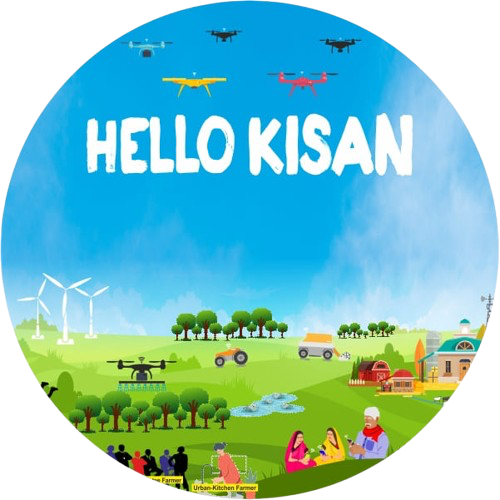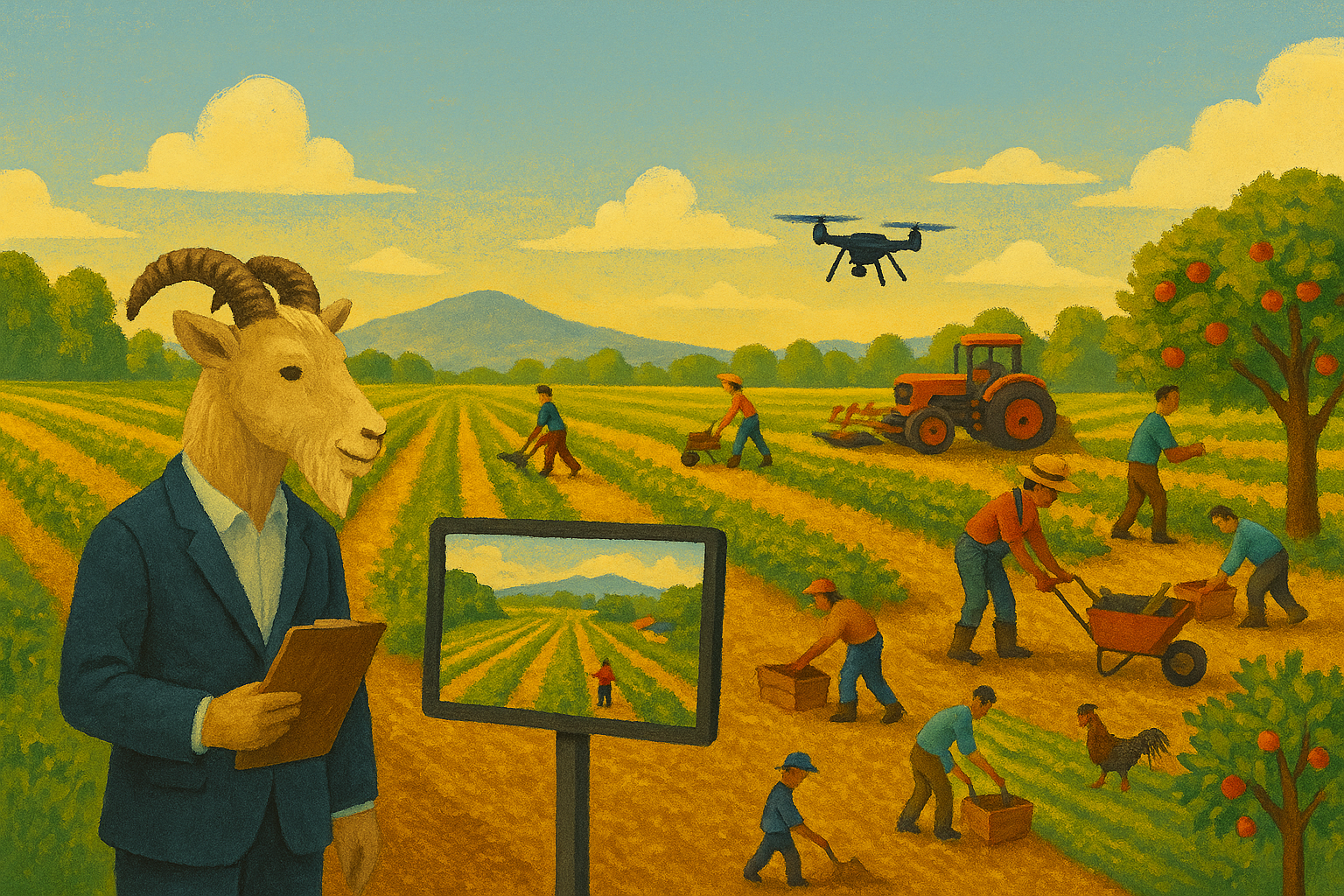
Risk Shield & Resilience Test Performance of a Farm Manager. Parameters For Evaluation 7/14

Farm Management Companies. Farming is risky by nature—but smart managers hedge crops, plan for shocks, and bounce back stronger.
Step 1 of 4
Review
Risk & Resilience Management
Your Answer:
Risk & Resilience Management
Your Answer:
Risk & Resilience Management
Your Answer:
Risk & Resilience Management
Your Answer:
Risk & Resilience Management
Your Answer:
Risk & Resilience Management
Your Answer:
